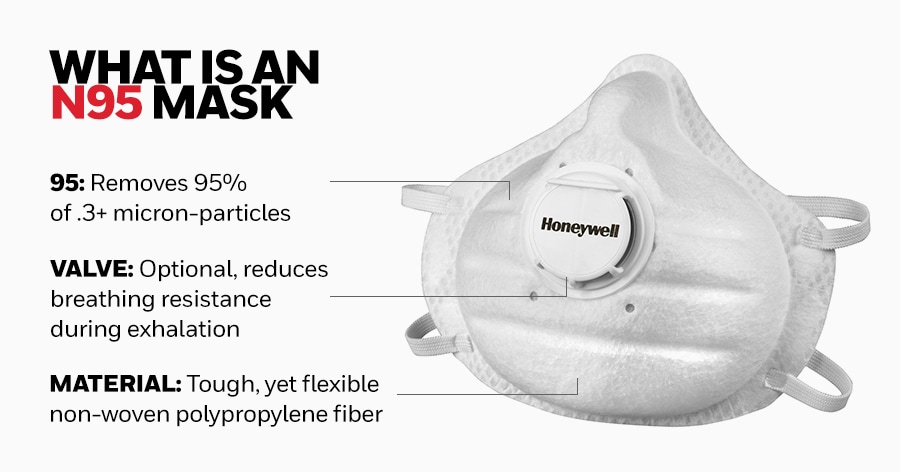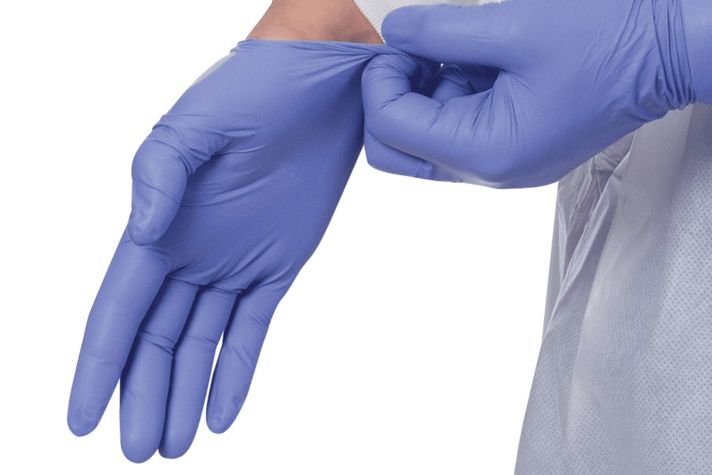-
Global
-
Africa
-
Asia Pacific
-
Europe
-
Latin America
-
Middle East
-
North America
- |
- BUSINESSES
- |
- Contact
- |
-
Global
-
Africa
-
Asia Pacific
-
Europe
-
Latin America
-
Middle East
-
North America
- |
- BUSINESSES
- |
- Contact
- |
You are browsing the product catalog for
You are viewing the overview and resources for
- News
- N95 Masks Explained
N95 Masks Explained
Demand has soared for respiratory protection products—here are the basics.
Due to the coronavirus pandemic, masks, once relegated to specific professions, have become commonplace.
Not all masks are the same. Filtering facepiece respirators, commonly referred to as N95 masks, are regulated by the National Institute for Occupational Safety and Health.
Here is a breakdown of what an N95 mask is:

N: This is a Respirator Rating Letter Class. It stands for “Non-Oil” meaning that if no oil-based particulates are present, then you can use the mask in the work environment. Other masks ratings are R (resistant to oil for 8 hours) and P (oil proof).
95: Masks ending in a 95, have a 95 percent efficiency. Masks ending in a 99 have a 99 percent efficiency. Masks ending in 100 are 99.97 percent efficient and that is the same as a HEPA quality filter.
.3 microns: The masks filter out contaminants like dusts, mists and fumes. The minimum size of .3 microns of particulates and large droplets won’t pass through the barrier, according to the Centers for Disease Control and Prevention (CDC.)
Material: The filtration material on the mask is an electrostatic non-woven polypropylene fiber.
Valve: Some disposable N95 masks come with an optional exhalation valve. “The presence of an exhalation valve reduces exhalation resistance, which makes it easier to breathe (exhale),” according to the National Institutes of Health.
For information on how to protect yourself during the COVID-19 outbreak, contact your local healthcare professionals, visit the CDC and World Health Organization (WHO).
Copyright © 2025 Honeywell International Inc.




